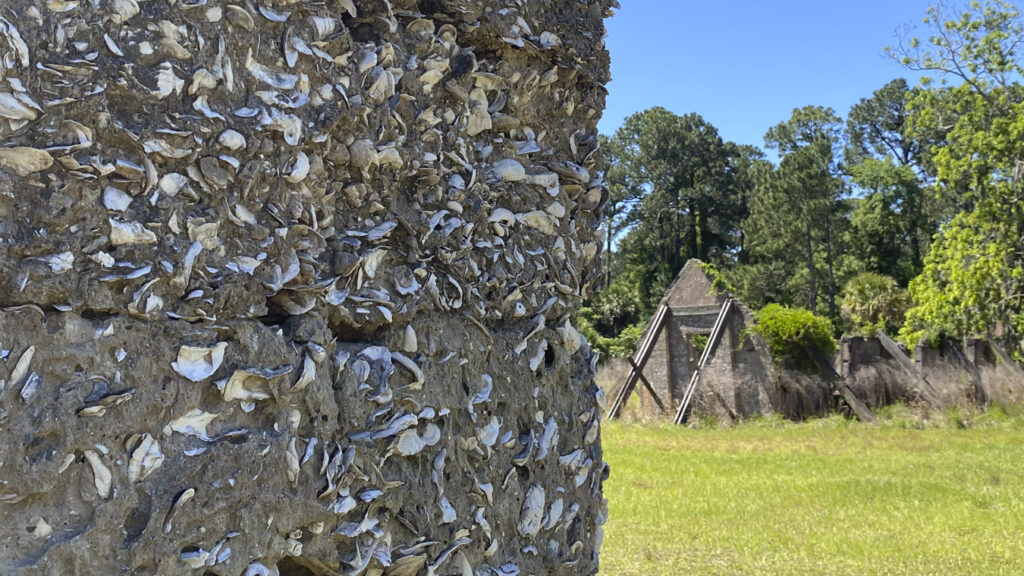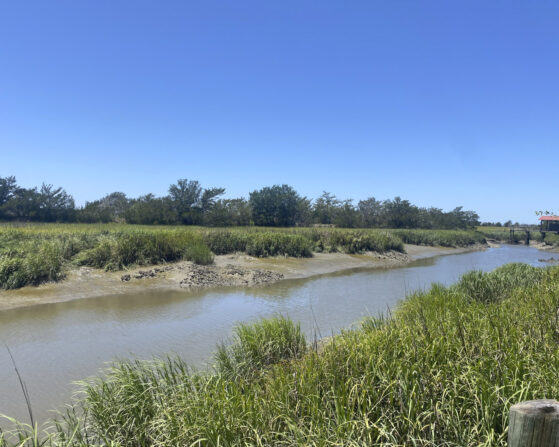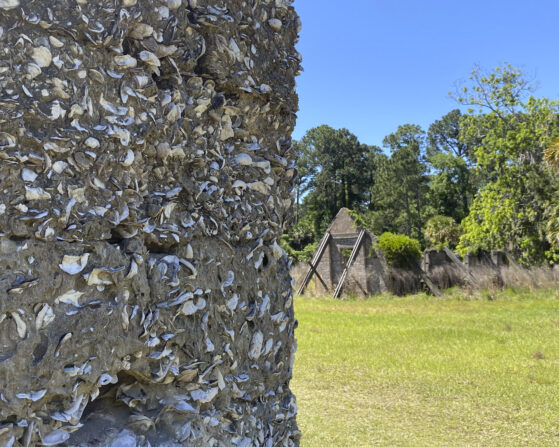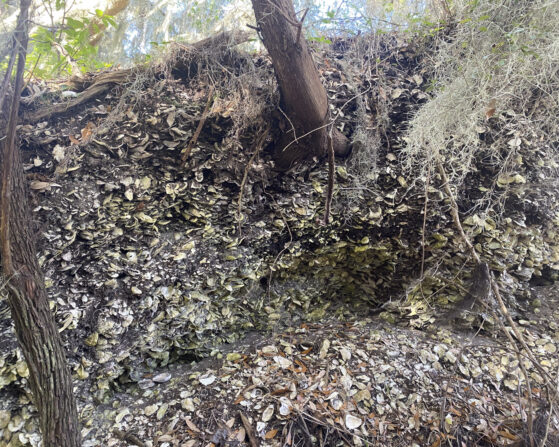
Oysters as an Agent of Ocean Memory
Oysters as an Agent of Ocean Memory
Oysters as an Agent of Ocean Memory
The Eastern Oyster has existed on the coast of Sapelo Island for thousands of years, recording environmental conditions in its shell. As conditions change, the oysters move but leave the legacy of their shell reefs which slows coastline change. This Ocean Memory of the Oyster has repeatedly appeared through time on Sapelo Island, not only in the coastal waters, but also in human history and memory. Oyster shells were part of indigenous shell rings on the island; later oyster shells, likely including some from the archaeological remains, were used in tabby plantation constructions.
As the previously enslaved Gullah Geechee people built their homes following the civil war, the sturdy tabby continued to contribute to their buildings, and now are a critical part of coastal protection infrastructure on the island. Our team, composed of an oceanographer, an anthropologist, an archaeologist, and a community leader, will skillfully interweave the story of the oyster as an agent of ocean memory to show how past presence of the oyster influences modern processes.
This narrative will be shared as a open-access academic journal article, with additional outputs including plans for coastal protection on Sapelo Island to benefit the Hog Hammock community, an oyster-centered art installation in the Savannah airport, and an online compilation of our narrative and resources on Ocean Memory and Sapelo Island. The installation and associated QR code link to the online resources will serve as a way to disseminate our thoughts through a publication and through art.




